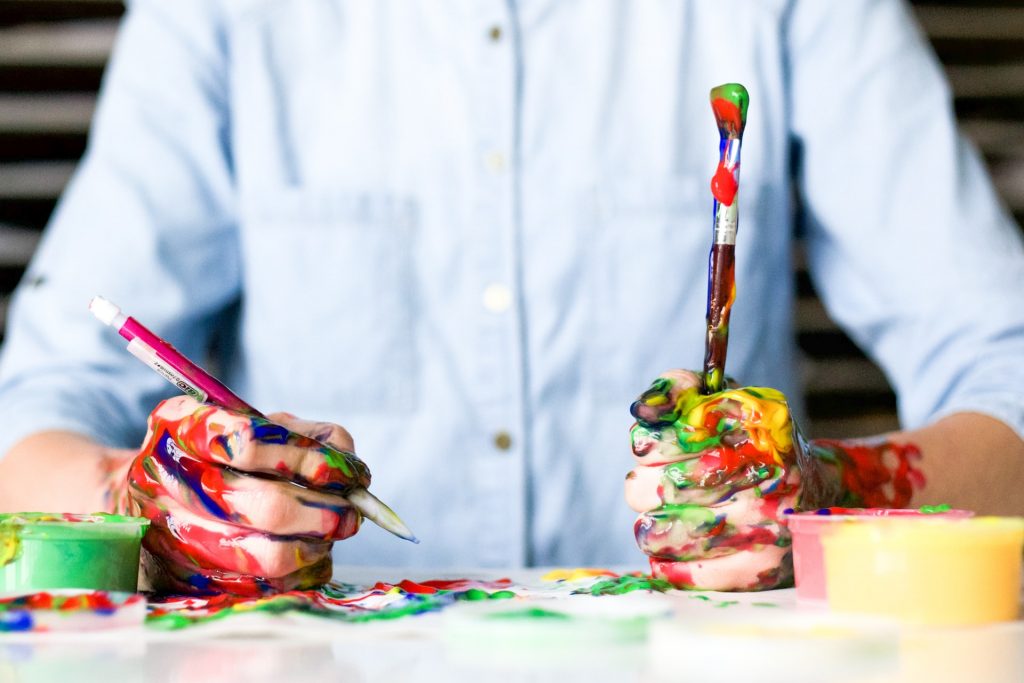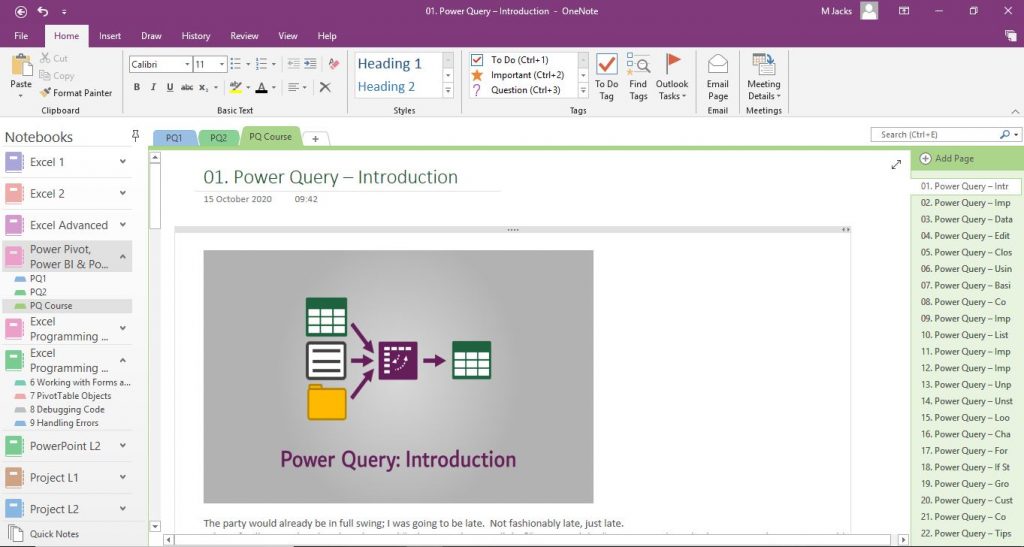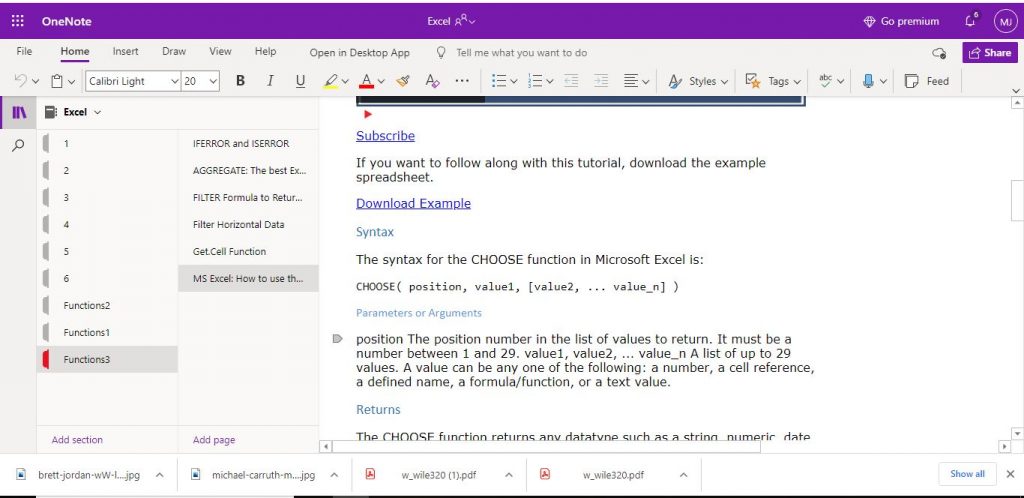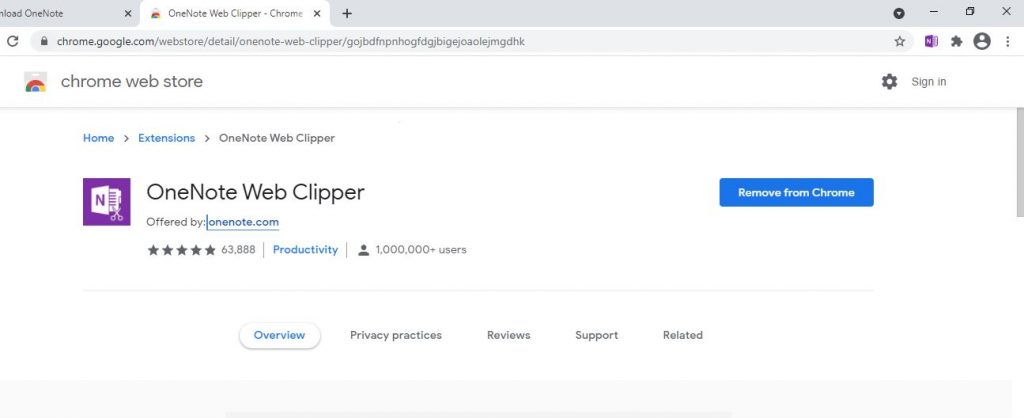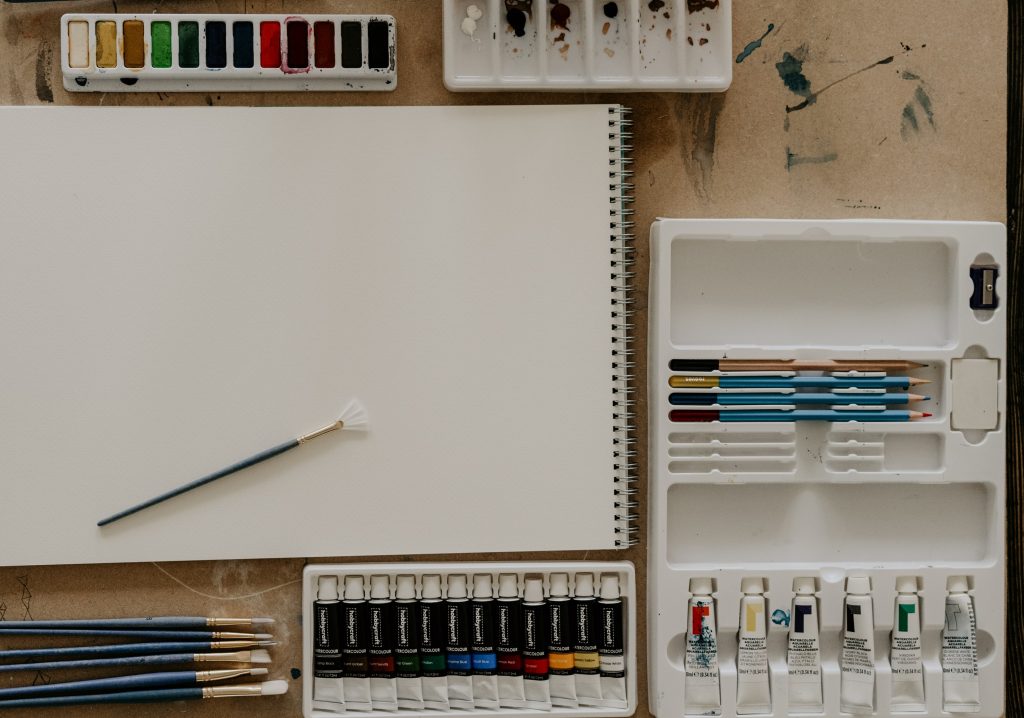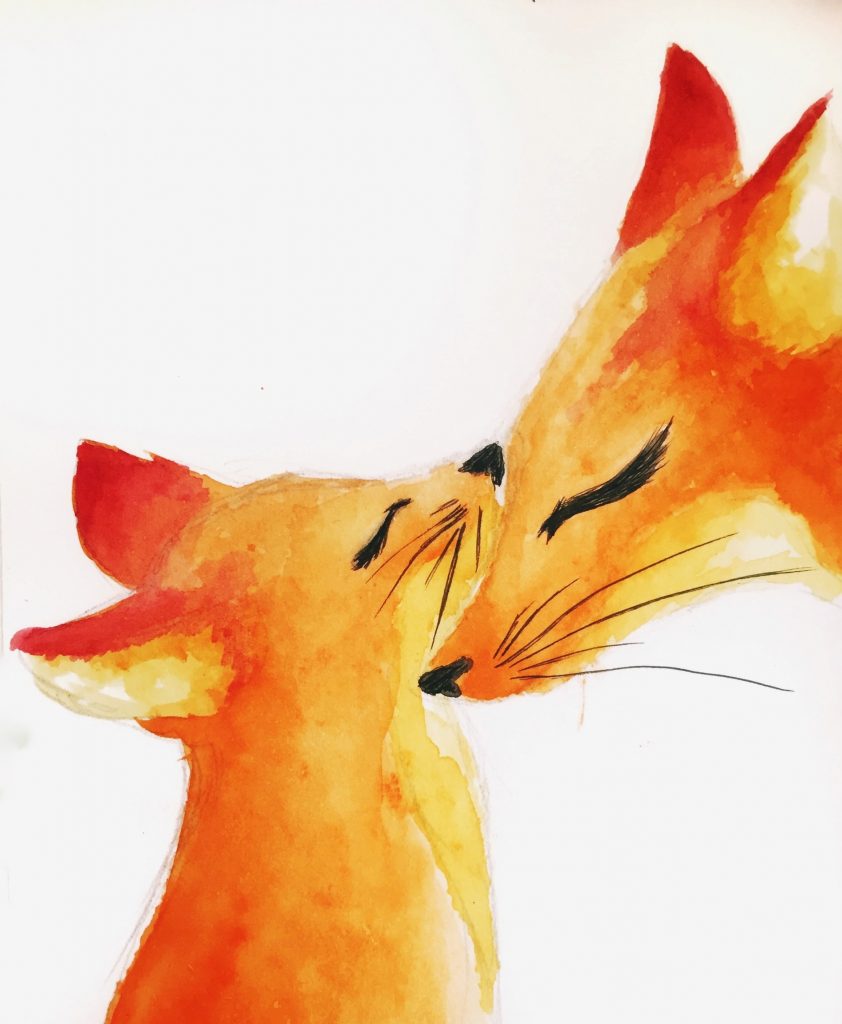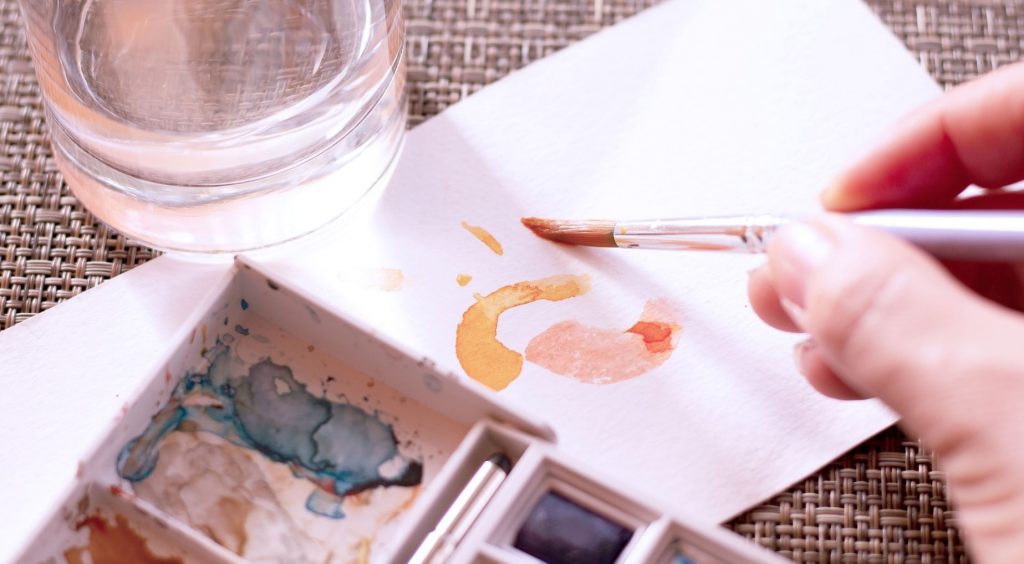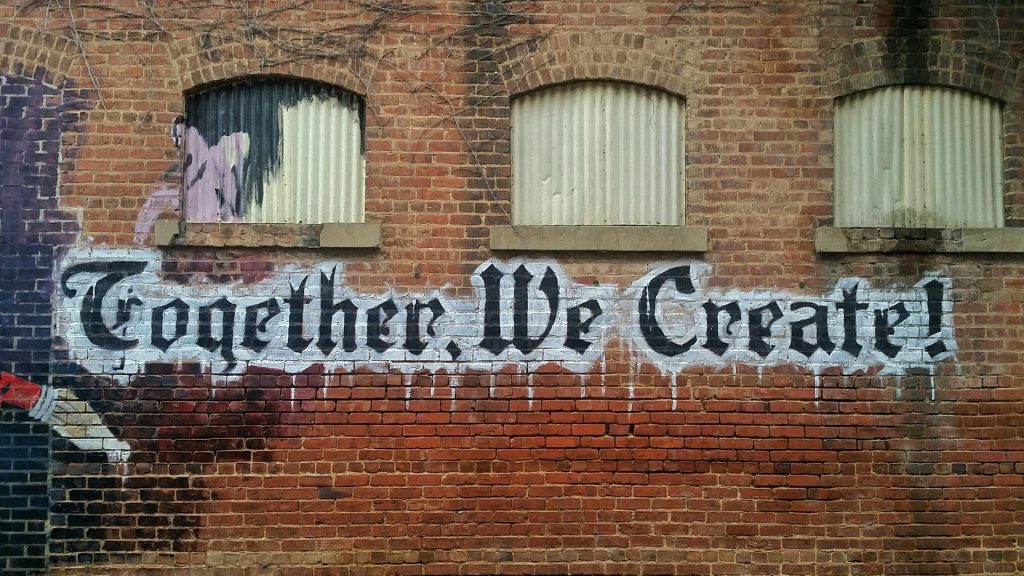
Perhaps we don’t often think about being creative at work, but it isn’t just limited to the arts or sciences; creativity is extremely important to business. Using creativity properly can find new solutions to problems, foster teamwork, generate higher revenues and help deal with change. More and more research shows the tangible benefits of creativity in an organisation.
Is your workplace a creative one? There are many examples of creativity at work:
In Leadership. – A creative manager promotes creative thinking in employees and takes novel approaches to interactions and work.
In Problem Solving – Taking an alternative method of approaching issues, a creative problem-solver will use a different kind of thinking to develop different kinds of solutions.
In Project Management – Being creative in project management can transform a company’s ability to complete quality projects on time, by using ‘big-picture’ thinking.

And other areas such as marketing, sales and production can benefit from the correct use of creativity. The creative touch will be transforming at every level of your business. Creativity is a good thing, but, better still, it’s something anyone can learn and utilise.
Infero’s Creativity and Innovation course teaches students about creative thinking in the workplace. Students will develop creative thinking skills, mentally and physically prepare for creativity, incorporate innocence, intuition, and adventure into creative thinking, and use creativity to generate ideas and solve problems. The course describes exercises that can be used to prepare the mind and body for creative thinking and explains the most common ways creativity is incorporated into problem solving. Course activities also examine recruiting and retaining creative individuals, performing a creativity audit, communicating with creative people, defining creative rhythm, and exploring ways to implement a creative culture. Students also learn how to organize creative teams, conduct effective team sessions, avoid roadblocks to team creativity, increase creativity in a team, and use the creative problem-solving process. The manual is designed for quick scanning in the classroom and filled with interactive exercises that help ensure student success.
Delivery Method
Instructor led, group-paced, online or classroom-delivery learning model with structured hands-on activities.
Target Students
This course is for people thinking about creatively in the workplace.
Prerequisites
There are no prerequisites for this course.
Course Objectives
Course activities examine recruiting and retaining creative individuals, performing a creativity audit, communicating with creative people, defining creative rhythm, and exploring ways to implement a creative culture.
Course Content
Unit 1: Creative thinking basics
Topic A: Creative thinking
Topic B: The creative process
Unit 2: Personal creativity
Topic A: Preparing to be creative
Topic B: Increasing creativity
Unit 3: Creativity in organizations
Topic A: Creative organizations
Topic B: Using creativity
Unit 4: Fostering a creative environment
Topic A: Employing creative individuals
Topic B: Maintaining a creative environment
Unit 5: Promoting team creativity
Topic A: Organizing creative teams
Topic B: Conducting team sessions
Topic C: Promoting and using creativity
Contact us to find out more about this course.
